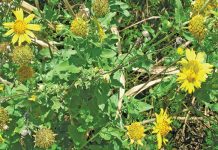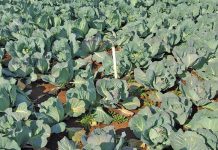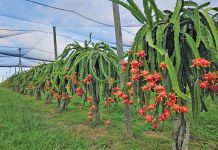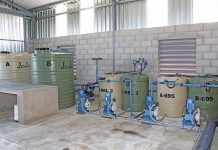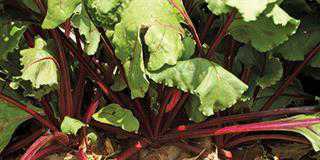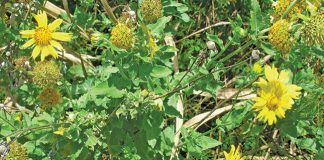
Photo: Peter Mashala
Wood chips
Best when applied in a layer 50mm to 100mm thick.
Advantages
- Absorbent and lets water in effectively.
- Cools soil and controls weeds.
- Many wood types and particle sizes are available, but avoid large chips.
Disadvantages
- Decomposes in a year or two, depending on the wood and particle size.
- Small particles require nitrogen as they decompose quickly.
Sawdust
Best when applied in a layer 20mm to 75mm thick.
Advantages
- It’s good for soil that’s easily waterlogged, as it lets water in slowly, absorbs a great deal, and not all the water reaches the soil.
- Increases the water-holding capacity of soil as it disintegrates, and forms a barrier that compacts in time.
READ Growing pecan nuts: cultivars, soil prep & planting
Disadvantages
- Breaks down rapidly.
- Blows in the wind when it’s dry, and crusts.
- Regionally available.
- Needs nitrogen added to the soil or to the sawdust to avoid nitrogen depletion.
- Some wood types disintegrate slower.
Shredded bark
Best when placed in a layer 50mm to 100mm thick.
Advantages
- Binds the soil.
- Lets water in, holds it in the soil well and builds the moisture-holding capacity of soil.
- Looser than wood chips and more open than sawdust.
Disadvantages
- Expensive.
- May compact in time.
- Can be unsightly and ineffective if applied too thinly.
Chunk bark
Best when applied in a layer 20mm to 50mm thick.
Advantages
- Because it has a coarse texture and large particles, it lets more water in.
- Long lasting.
- Allows water to pass through the mulch layer.
Disadvantages
- Fairly expensive.
- Regionally available.
- Breaks down slowly, so it doesn’t improve soil texture.
Source: Water Wise by Rand Water



